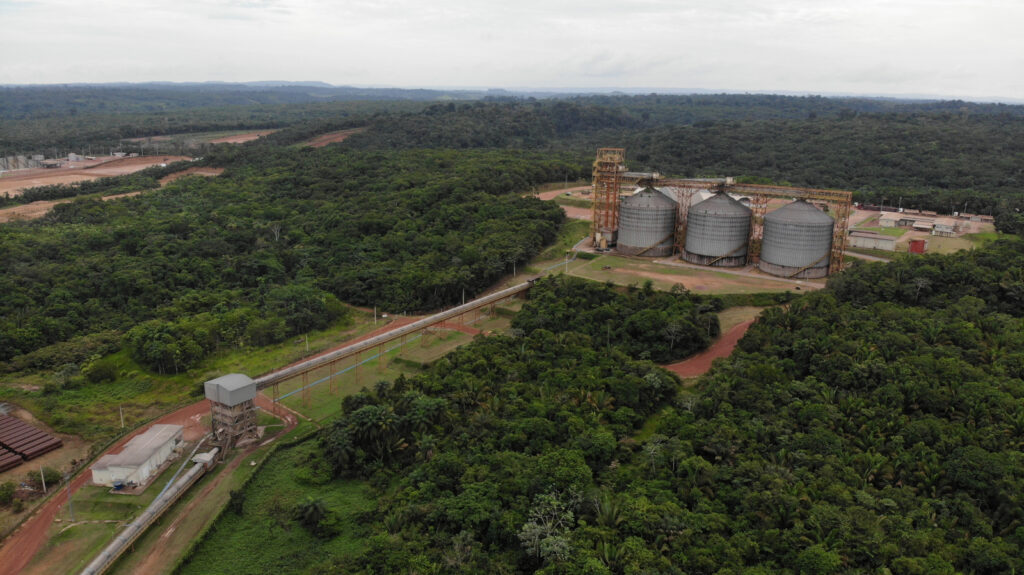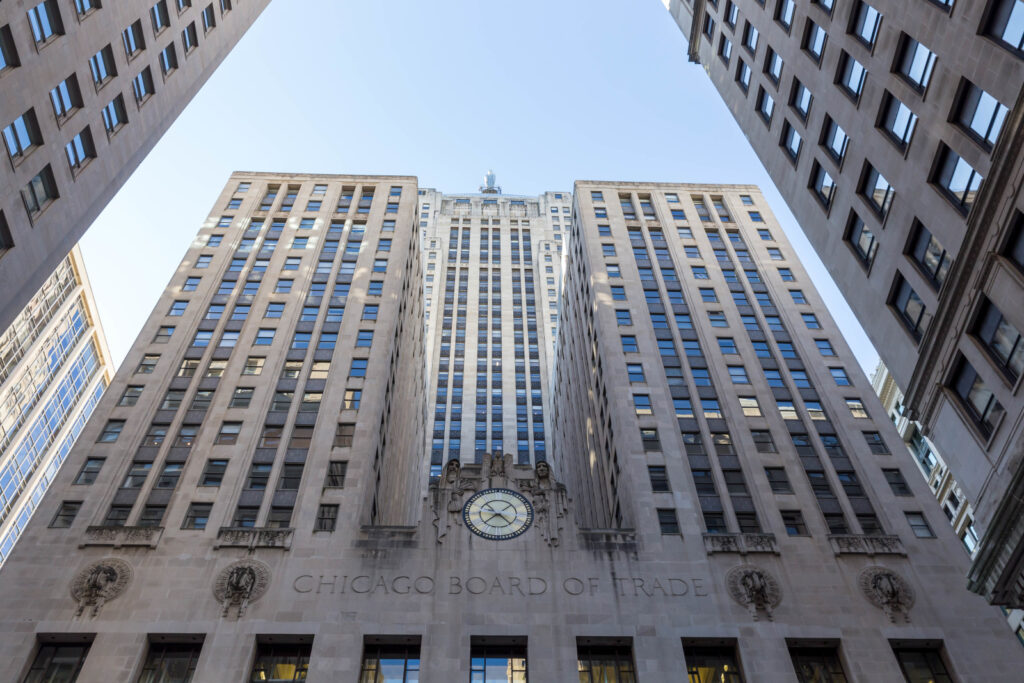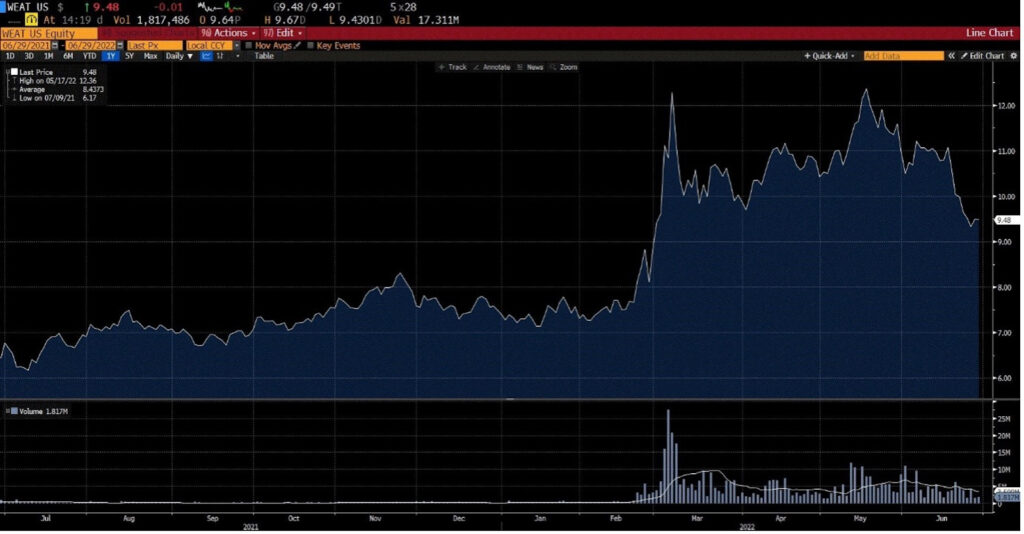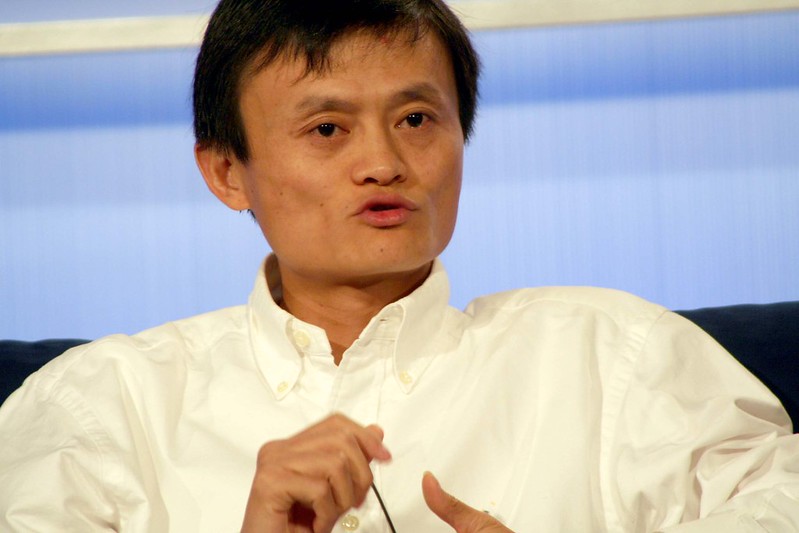On May 21, 2022 the cover of The Economist left no space to the imagination: a set of skulls replaced the grains of a wheat straw, and the world was soon going to experience a ‘Coming Food Catastrophe’. Although there is no doubt that the prospect of world food security looks anything but pleasant, I cannot ignore the normative power of framing problems in a certain way. Depending on the questions that we ask and the elements that we consider, our thoughts and options will move in a certain direction. Therefore, even without questioning the idea that the world and its people are experiencing a food and climate related catastrophe, it is important not to normalize the most recurrent explanation.
There are at least three main interconnected reasons to question the approach adopted by The Economist and several other media and policy makers: for millions of small-scale producers and eaters around the world, almost a fifth of them, the food catastrophe is not just coming, it has been going on for a while; the absence of a critical reflection on the structural fragilities of a globalized food system for food commodities is translated into techno-optimist support for lab-based solutions and an intensification of free trade, without considering the way in which agrarian capitalism and the attempt to create a just-on-time global food system are the backbone of contemporary misery; the focus on high prices as a reflection of a sudden and exogenous shock overlooks the way in which food commodities’ price formation operates and, in particular, the role of financial actors and the financial return that they – and some corporations – have been accumulating.

My intervention focuses on speculation and speculative practices as the third overlooked point in mainstream accounts of the current state of food, but embeds them in the broader phenomenon of financialization of the food system as a transformation of all aspects of food into an asset class. Global food actors and institutional investors (including pension funds where we may have our savings) constantly extract rent from the food system, often profiting from hunger, food shortages and the consolidation of a food system that is unjust and unsustainable. Because there is nothing truly exceptional in what food prices have witnessed in the last months, it is important to start with a bit of history and go back to the period between 2008 and 2011, when the world faced a series of spikes in the price of grains and food riots.
Significant and persuasive evidence of excessive speculation
In 2009, the U.S. Senate Permanent Subcommittee on Investigations issued a Report concluding that:
“there is significant and persuasive evidence to conclude that these commodity index traders, in the aggregate, were one of the major causes of “unwarranted changes”—here, increases—in the price of wheat futures contracts relative to the price of wheat in the cash market. The resulting unusual, persistent, and large disparities between wheat futures and cash prices impaired the ability of participants in the grain market to use the futures market to price their crops and hedge their price risks over time, and therefore constituted an undue burden on interstate commerce. Accordingly, the Report finds that the activities of commodity index traders, in the aggregate, constituted “excessive speculation” in the wheat market under the Commodity Exchange Act.”
Despite the acknowledgment, financial actors with no interest in the actual trade of commodities continued to flood the commodity markets with bets and liquidity, aiming at scraping some percentage points and the consequent profits. This was the consequence of the liberalization of the financial markets and the creation of the possibility for everyone, including investors who would never like to receive a bag of coffee or a container of wheat, to trade in financial derivatives (e.g. futures) that had originally been conceived as a form of insurance for farmers, traders, elevators and processors. Rather than providing a guarantee against excessive fluctuations, the trading in future contracts by non-food actors left grain chains at the mercy of financial considerations and objectives, creating a domino effect that subverted the functioning of the supply chains and reverberated across the world. Especially given that futures prices for wheat remained “abnormally high compared to the cash prices for wheat,” a condition that pushed “real” cash prices up and significantly impacted people’s capacity to access food and feed themselves.
For the US Subcommittee:
“The inability of farmers, grain elevators, grain merchants, grain processors, grain consumers, and others to use the futures market as a reliable guide to wheat prices and manage their price risks over time has significantly aggravated their economic difficulties and placed an undue burden on the grain industry as a whole.”
While millions of people went hungry and rioted for their ratios, a bunch of financiers and shareholders registered unprecedented profits. A decade later, the lack of adequate policies and countermeasures means that history is repeating itself. However, with few exceptions, media and policy makers have given no attention to the role of finance and financiers in amplifying the effects of the invasion of Ukraine and artificially inflate prices. The world may be facing a “Coming food catastrophe” – to use the vocabulary of The Economist – but someone will be benefitting from it and has inherent incentives to make sure that it lasts as long as possible. Or, at least, the media continue blaming the high prices only on invasions, climate change and logistic, rather than speculation and higher profits on food-related investments.
Speculation, record profits and the radicality of the obvious
On January 7, 2022, an online magazine aimed at non-institutional investors published an article with a straightforward title: “It’s Time to Invest in Commodities. How to do it.” In the picture that was chosen, a pig is lifted high in the sky by a couple of balloons along with gold and a barrel of crude, a sign of the promising times for bullish investors and of the way in which finance sees food: like any other good that is internationally traded and where price differential across time can be used to accumulate profit. Similar advices had been given for quite long time by specialized platforms, all convinced that a combination of dynamics, including uncertainty in logistic and climate change, would have created a condition of scarcity and a surge in prices, and that the increase in price of energy (oil and gas) would have also be driven up the price of producing food. The Bloomberg Commodity Index (i.e. a derivative product whose price mirrors the fluctuation of a combination of different commodities prices), for example, rose 27% in 2021, marking its best year in decades. The invasion of Ukraine was not the final straw that broke the back of the camel, but a windfall opportunity for anyone invested in energy commodities, food commodities and commodity indexes.

Like in 2008-2011, there is clear evidence that February 24th was followed by an intensification of financial speculation, and that the surge in purchase of indexes and futures fueled by the expectation of higher prices provided a clear signal to the market: that they should wait before selling or increase the price of their commodities to follow the trend of the financial market. Purchases of shares in agricultural and commodity funds, purchase of futures and AI-driven high frequency trading of derivatives intensified, and no immediate action was taken.
According to a May 2022 investigation by Lighthouse Reports, by early April 2022,
“the top five agriculture commodity-linked ETFs had received US $ 1.3 billion in net flows (or investment). Two funds – Invesco’s agriculture fund and Teucrium’s wheat fund – attracted net investor investment of US $ 1.2 billion dollars in the first three months of 2022 compared to US $ 197 million for the whole of 2021. Teucrium wheat fund, set up in 2011, saw net inflows of $ 377 million in March. Its previous monthly record high was $ 17 million in 2016. Invesco’s agriculture fund raked in US $ 273 million on March 7 alone, more than half of the total investment it received in the previous two years (US $ 478 million).”
As investors buy derivative products rather than the products themselves, each million that is invested represents hundreds of thousands of bushels of grain, sometimes manifold the amount of grain that that amount of money could actually buy.
The surge in speculative investments has not been exclusive to the United States, but has been an European affair too. According a study by The Wire, speculators’ share in the Paris milling wheat market, the benchmark for Europe, increased from 23% in May 2018 to 72% in April 2022. In particular, their presence in the buy side of the wheat futures market passed from 4% in 2018 to 25% in April 2022. Moreover, by April this year, seven in 10 buyers of futures wheat contract were speculators in the form of investment firms, investment funds, other financial institutions and commercial non-hedgers whose aim was to profit from the rise in prices. Furthermore, Euronext reported that between January 2020 and March 2022, investment funds increased their net buying positions by almost four times.
On both sides of the Atlantic, finance bet on the increase in the price of wheat and created the condition for this to become a self-fulfilling prophecy. And this had a global repercussion given to the use of US and European prices as benchmarks for the real economy. As Luigi Russi already wrote in 2013, “investors’ expectations create conditions where the future price is higher than the price of the underlying commodity. If market participants believe that the price of a certain product will rise at a later date, this will also be reflected in the price of futures. This is a contango.” And contangos generate wealth for the few, create financial profits and produce food insecurity.
If food is life, it cannot just be a matter of ‘excessive speculation’
History often repeats itself. Sometime it is a tragedy, sometime it is farce. Often both together. Similar to 2008-2011, civil society organizations and academics have been pointing at the need to curb the role of financial investors in defining the price of food, asking for speculation to be identified as one of the drivers of the price surge. Yet, institutional voices – including the Chief Economist of the Food and Agricultural Organization – have rejected the idea that speculators were involved in the ongoing price spike, claiming that there were no evidence of ‘excessive speculation’ meaning the excessive increase in trading of futures by financial speculators vis-à-vis the rest of the market. Like several years ago, the response of financial actors is that speculation per se is providing liquidity and is reducing the risk, and that it is only the ‘excess’ in derivative trading that should be limited. Speculating on food is not a problem. The problem is when speculators who enter the market only to gain from fluctuations of prices and volatility, are too greedy.
However, what is ‘excessive’ in the case of speculation versus high prices and food insecurity? Who defines it and what are the implications? The answer is extremely technical, but at the same time political. As a matter of fact, since 2010 there have been some attempts to re-introduce position limits against excessive speculation, which have been the object of fierce (although never too visible) conflicts and lobbying efforts. The intensity of speculation in the last months shows, if needed, that the existing rules are not adequate and that – as discussed below – maybe the regulator is starting from the long premises.
In 2010, the Dodd Frank Act tasked the Commodity Futures Trading Commission to introduce “position limits” – limits on the contracts which could be held by individual traders and classes of traders, such as index speculators. When the CFTC introduced a new position limits rule in 2020, however, then-commissioner Dan Berkovitz wrote that the rule “fails to achieve the most fundamental objective of position limits: to prevent the harms arising from excessive speculation” and that it, “appears more intent on limiting the actions and discretion of the Commission than it does on actually limiting such speculation.” As a matter of fact, what was considered to be ‘excessive’ for the CFTC was not consider to be enough for the commissioner. And what has been happening since February 2022 is the evidence that the Dan Berkovitz may have been right.
In Europe, since 2013 there have been reports highlighting the need to review the Markets in Financial Instruments Directive (MiFID2) and introduce limits to excessive speculation that would limit the risk of food speculation. In 2016, the European Commission required the European Security and Markets Authority (ESMA) to increase the severity of the rules on position limits with regards to food commodities. In 2018 the ESMA issued new guidelines and identified that specific attention should notably continue to be paid to commodity derivatives with an underlying that qualifies as food for human consumption, as is currently the case. Spot month limits and open interest limits were set, considering the EU production, the export and the dynamics of the market. Moreover, despite the suspension of position limits in 2021 as an attempt to increase liquidity, position limits continued to apply to agricultural commodity derivatives and critical or significant commodity derivatives. Yet, the extra care paid with regards to food did not prevent the intensification of speculation on the French market, the generation of significant profits out of derivative trading and the
Slowly, the role of speculators in driving commodity prices (including of energy) is making its way back into political spaces and debates. As it stands, I envisage two options for policy makers, academics and the parties interested in this conversation. The first one is the easy response to a financial problem: it implies the technical attempt to define what is ‘excessive’ and what is ‘normal’, with the aim to find a way to curb a certain kind of speculation while still allowing the principle of speculating on food. Although not mainstream – given the fact that the mainstream is not discussing the role of finance in the food crises – this is the only conversation that is gaining a bit of traction and gathering attention by Parliaments and international organizations. In this context, the solution is sought in the identification of the threshold that allows speculator and their liquidity to enter the commodity market and bet on future prices, but without reaching a level that could provide confusing or unsupported signals to the food actors and the underlying price. In continuity with the regulatory interventions that took place in the last years, the issue would thus be that of percentages, calculations and the identification of new position limits that still encourage speculative capital but are not seen as problematic. For example, the ECON Committee at the European Parliament voted in favor of an increase the level of transparency and reporting by clearing houses where commodity derivatives are traded.
On the other hand, there is the minority position of what is already marginal conversation: reconsidering the legal, economic and ethical acceptability of speculation over food commodities. At the core of this approach there is the recognition that food cannot be considered a financial commodity and that trading in derivatives by non-food actors is inherently incompatible with the content and processes of a food system aligned with fundamental human rights and the Sustainable Development Goals. If de-financializing food is the objective, there are some immediate steps that can be achieved by means of regulation, but the real game is a long-term one.

The first action should thus be the prohibition of any form of food derivative trading by financial operators such as asset managers, pension funds and hedge funds that lack any connection with the physical trading in goods and with the underlying market. Secondly, the regulator should exclude the possibility of adding food to commodity indexes and ban agri-food indexes as artificial multipliers of opportunities for financial actors that provide an opportunity to bid on quantities of food that go significantly beyond the actual amounts that are produced on an annual basis. Thirdly, transparency should be key, with high level of disclosure required to the players who are actually allowed to invest in derivative products, so that existing positions are known for all players and it higher scrutiny can be exercised with regards to their link to actual underlying transactions and trading volumes. Fourth, de-financialization also means to curb the use of algorithms and high frequency trading when it comes to food, reducing the speed of trading and the risk of algorithmic induced spikes in prices. Fifth, governments should consider profits generated out of food speculation and the rapid increase in food prices as windfall events to be taxed heavily: if hedging is about protection from risk, the use of derivatives should not generate higher returns than the trading in the commodity would. Sixth, no company active in food derivative markets should receive or manage public fundings or incentives, including pensions. Seventh, public support should be provided to the use of alternative forms of risk management that do not impact prices and accessibility, such as climate change related insurance, and make sure that they are available for those players that are most in need.
Start with speculation, tackle financialization and promote a systemic transformation
Although limiting financial speculation in the food sector is urgent, the final goal must be a more ambitious one. Trading in derivatives and profiting from high index prices is just the tip of an iceberg of financial interests, motives and control over the food system. In its 2021 Annual Report, for example, Cargill registered the biggest profits in its 156-year history – up 64%. During the same financial year, Louis Dreyfus Company announced that their Earnings before interest, taxes, depreciation, and amortization (EBIDTA) were up to US$1,623 million, 22.6% higher compared to the same period in 2020. In May 2022, when the invasion of Ukraine had intensified the inequality of the global commodity market, Bunge announced a 19%, increase in the regular quarterly cash dividend to per share as result of the fact that earnings per share were more than 25% higher than the first quarter of 2021. Bunge witnessed a “stronger-than-expected Q1 results.”
And exceptional financial returns on the ongoing collapse of the global food system are harvested also by companies operating at other levels of the food chains, with Canada-based Nutrien (the world’s largest fertilizer producer) declaring that net earnings in the first quarter of 2022 more than tripled to a record $3.60 billion, or $6.51 a share. On the other side of the Atlantic Ocean, while European farmers have been struggling to access fertilizers, K+S Group, a German leader in the sector, registered revenues of €1,510 million in the second quarter of 2022, up more than twice from the €664 million of the second quarter of 2022. Throughout the food systems, corporations have been utilizing their economic position to extract extra revenues and profits from commodity chains that were increasingly incapable of feeding the world population.
For months, while The Economist was talking about the impending catastrophe, dividends, bonuses and exceptional financial returns have not only been experimented by speculators and financial traders, but by the managers and investors behind the companies that prop the global food system, whose attitude has been to profit from scarcity and make sure to pass the exceptional circumstances onto consumers and their limited purchasing power. Asset managers like BlackRock, Vanguard and Fidelity, all of which administer commodity trading funds, have been extracting and appropriating dividends and revenues from holding shares of corporations that produce fertilizers and commodities, trade them and distribute them across the world. And the same may be the case with pension funds and other institutional investors. The problem is wider than just mere speculation, and has to do with the incompatibility between profit maximization and the essential role that food has for humans and the ecosystem.
If our worries concern that there are actors that benefit from high food prices and may have an incentive in creating or not addressing the conditions behind them, it is important that our attention moves beyond food speculation and addresses the role of financial capital in shaping and defining the global food systems. From the stock markets to the over the counter exchanges of derivatives that are not officially happening in regulated spaces, financial instruments are a key element of the global and commodity-based food system that has been created by centuries of trade integration, uniformization and competitiveness. For each speculative rush and record profits, a large percentage of the prices that people pay for food may thus be remunerating a bunch of actors, whether shareholders or speculators, who thrive out of scarcity. Speculation and financialization are forms of extracting rent that will always find fertile ground on the existence of a global market for a limited amount of homogeneous commodities, large-scale players that control its hubs, and the possibility of moving high volume of liquidity and receiving high returns. Beyond position limits and windfall taxes, the real matter of the game is, therefore, a transition away from a food system that feeds finance rather than people and planet.
Tomaso Ferrando is a Research Professor at the Faculty of Law and IOB, University of Antwerp. For more than a decade, he has researched the interactions between food, law and finance, and promoted policy and regulatory changes.
Cite as: Ferrando, Tomaso 2023. “Beyond Speculation” Focaalblog 29 March. https://www.focaalblog.com/2023/03/29/tomaso-ferrando-beyond-speculation/
